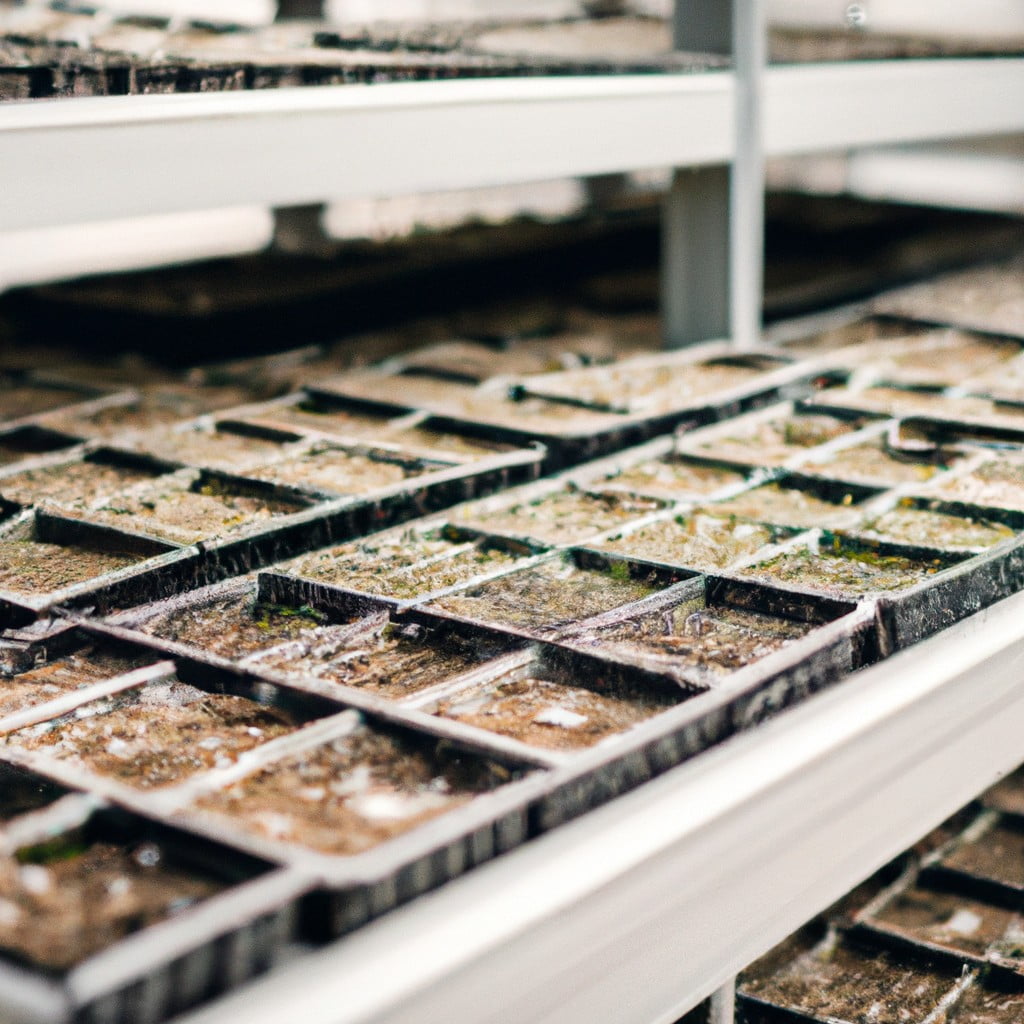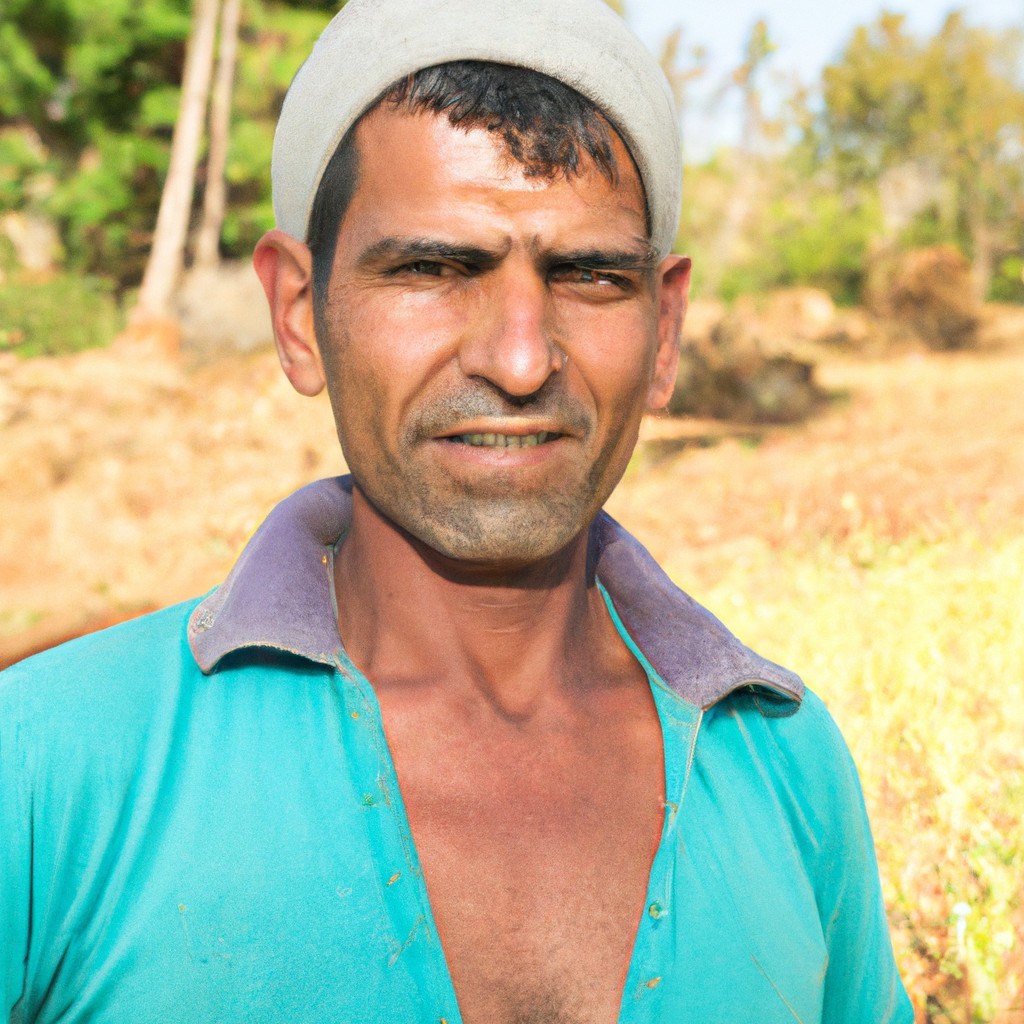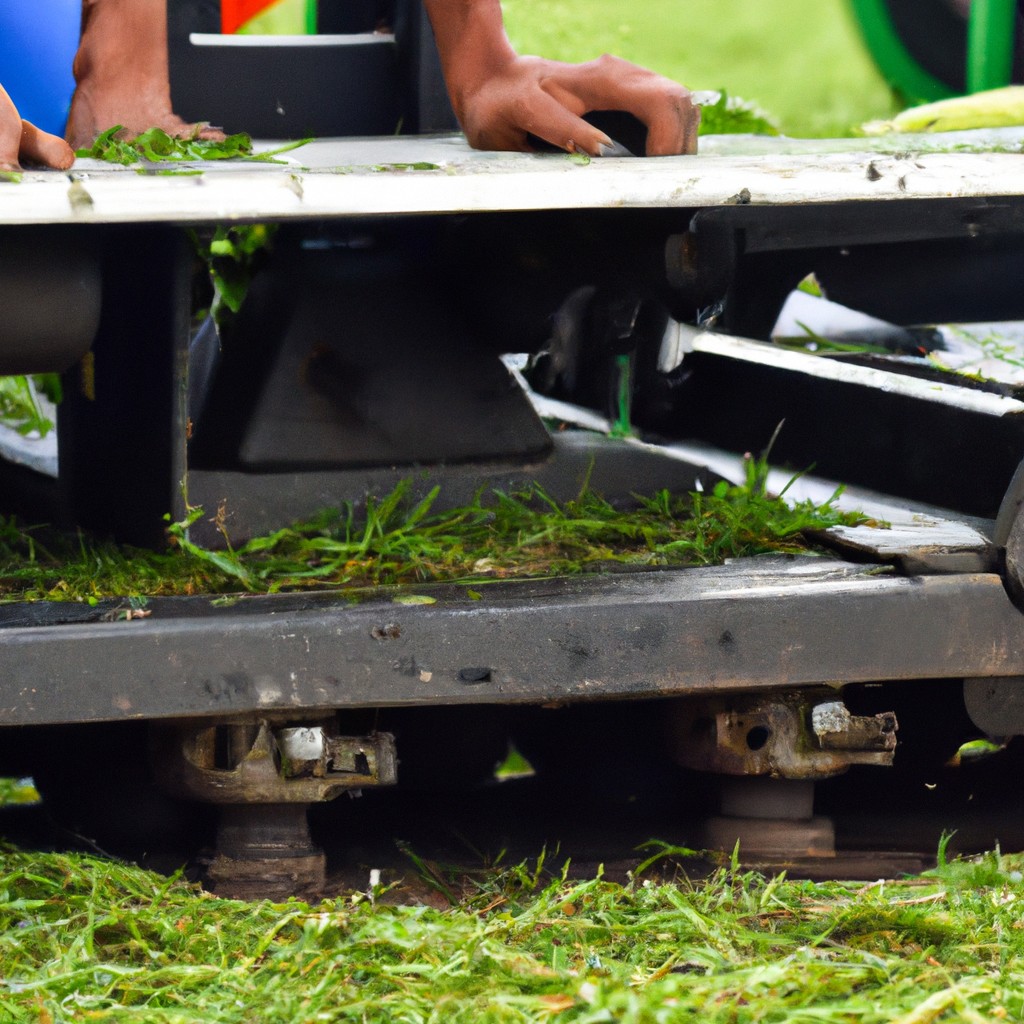Discover the essential steps to establish a regenerative farm, focusing on enhancing biodiversity, enriching soils, and supporting ecosystem health.
Starting a regenerative farm from scratch may seem like a daunting task, but with the right guidance, it’s entirely possible.
This article is designed to provide you with a comprehensive roadmap, covering everything from understanding what regenerative farming is, to choosing the right crops, managing soil health, implementing sustainable practices, and even marketing your produce.
Whether you’re a seasoned farmer looking to transition into more sustainable practices, or a green thumb eager to start your own farm, this detailed guide will equip you with the knowledge and tools needed to establish a successful regenerative farm.
Key takeaways:
- Understanding the land and its ecosystems is crucial.
- Develop a comprehensive farm plan and implement sustainable practices.
- Livestock play a critical role in regenerative farming.
- Assess soil health and implement strategies for improvement.
- Utilize sustainable watering techniques and manage pests naturally.
Look Inside:
Steps to Start a Regenerative Farm

Firstly, understanding the land is crucial. Conduct a thorough analysis of the terrain, climate, and local ecosystems to decide what crops and livestock will thrive best.
Next, develop a comprehensive farm plan, considering factors like crop rotation, water management, and soil enrichment practices.
Now, implement restorative agricultural practices such as composting, cover cropping, and no-till farming to help increase soil fertility.
For livestock farmers, promoting rotational grazing assists in preventing overgrazing and encourages natural behavior among animals.
Post initial establishment, aim for continuous learning and adjustment of farming routines, using feedback from the land and produce.
Monitor your farm’s ecological health and tweak your strategies appropriately for progressive improvement.
Lastly, explore channels for selling your produce, considering farmers’ markets, farm-to-table restaurants, and Community Supported Agriculture (CSA) programs.
Remember, regenerative farming is not a one-size-fits-all approach, so tailor these steps to suit your unique circumstances and goals.
The Role of Livestock in Regenerative Farming
Livestock have a critical role to play in building more resilient agro-ecological systems. They contribute substantially to soil health through their manure, which serves as natural compost, enriching the soil with nutrients.
Furthermore, they aid in pest management by consuming crop residues and weeds that may harbor pests. Managed appropriately, their grazing behavior promotes vegetation growth, which aids in soil regeneration by sequestering more carbon.
Integrating livestock into cropping systems creates a cyclical relationship where livestock supports soil fertility and plant growth, and in turn, diverse, healthy pastures provide high-quality fodder. This integration embodies the core principle of regenerative farming: creating holistic, interconnected systems that mimic natural ecosystems.
Assessing Soil Health for Regenerative Agriculture
Before transitioning to regenerative methods, it’s vital to determine the current state of your soil. Conduct thorough soil testing to analyze the content of organic matter, nutrient levels, and pH value. This will help identify any deficiencies or imbalances that need to be addressed.
To maintain high soil health, increase organic matter. Use natural fertilizers, compost, or manure to enhance microbiological activity. Plant cover crops and rotate them to break pest and disease cycles, improve soil fertility and reduce soil erosion. Finally, minimize tillage as it can harm beneficial soil organisms and lead to a loss of organic matter.
Remember, in regenerative farming, the soil is not just a medium for plant growth, but a crucial part of the ecosystem that requires diligent care and nourishment.
Sustainable Watering Techniques
Efficient water management is integral to sustainable farming. Regenerative practices such as rainwater harvesting, micro-irrigation systems, and keyline design tactic can significantly conserve water.
Rainwater harvesting involves collection and storage of rainwater for later use on the farm, a simple and cost-effective method that lowers dependence on groundwater.
On the other hand, micro-irrigation systems, including drip irrigation and sprinkler systems, deliver water directly to plant roots, minimizing water loss through evaporation or runoff.
Keyline design is a landscape design technique, based on contouring land, concentrating on the specific topography of your farm to optimize water storage and usage.
These methods not only preserve this precious resource but also contribute to soil health by preventing water-logging or drought stress, essential elements of successful regenerative farming.
How to Manage Pests Naturally in Regenerative Agriculture
Exploiting the potential of nature presents one of the most effective techniques to manage pests naturally on a regenerative farm. The implementation of a beneficial insectary – positioning plants that attract insect predators – offers a biological counter to pest problems. Drawing in beneficial insects such as ladybugs, lacewings, and parasitic wasps can significantly decrease pest populations.
Coupling this with the practice of diverse polyculture planting can disrupt pest cycles. With a variety of plants, there are fewer pest attractants, making it harder for pests to thrive. This approach not only extends the natural resistance of crops to pests but also improves overall farm resilience.
Adopting the method of crop rotation, where crops are regularly changed in location, can also reduce the prevalence of soil-borne diseases and pests, as rotational crops disrupt the life cycle of pests and diseases. Remember also that healthy soils result in stronger, more resistant plants.
Lastly, ensure to manage the use of organic, microbial pest controls, such as Bacillus thuringiensis, a bacterium that produces proteins harmful to certain pests. Thus creating a complete, integrated pest management system that is wholly natural and supportive of a thriving ecosystem.
Profitability of Regenerative Farming
While traditional farming often depends on expensive chemical fertilizers and pesticides, regenerative farming harnesses the power of nature to create fertile, productive soils, which can ultimately result in lower input costs. Moreover, consumers are increasingly willing to pay premium prices for sustainably produced products, which can boost revenue for a regenerative farm.
However, it’s essential to understand that, like any farming method, the profit margins in regenerative farming can be influenced by numerous factors. These include market demand for your products, control of pests and diseases, and soil fertility levels. On balance, with careful planning and management, regenerative farming can be a profitable venture, contributing positively to the economic sustainability of your farming operation.
Crop Selection and Diversification Strategies
Different crops contribute to soil health in diverse ways, warranting smart crop selection and diversification. A common strategy in regenerative farming is intercropping, whereby different crop species are grown together. This increases biodiversity, discourages pests, and maximizes productivity from the land.
Consider crops that have symbiotic relationships. For instance, corn, beans, and squash, often called the “Three Sisters,” work together in this type of system. Corn provides a structure for beans to climb, beans fix nitrogen in the soil, and squash serves as a living mulch, reducing weed growth and maintaining soil moisture.
Perennial plants, such as fruit trees and shrubs, are also effective in regenerative farming systems. These plants help build and sustain healthy soils while providing a continuous crop yield over their lifetime, making them an economical choice for the regenerative farmer. Remember, crop diversification is an ongoing experiment and requires adaptation to local conditions and continuous learning.
Financial Considerations in Setting Up a Regenerative Farm
Setting up any form of agricultural activity warrants financial scrutiny, and regenerative farming is no exception. Investments primarily consist of land acquisitions, infrastructural development, and the purchasing of seeds or livestock. Simultaneously, it’s essential to earmark funds for planning and maintaining diversified crops alongside incorporating livestock into the farming system.
This method has been shown to boost soil fertility and decrease reliance on costly chemical fertilizers.
Undoubtedly, implementing regenerative practices may incur higher initial costs due to the need for specialized equipment or practices. However, the long-term benefits offset these initial expenses as these methods often lead to reduced irrigation costs, increased yield, and enhanced resilience against pests, drought, and disease.
Researching local grants, subsidies, or interest-free loans catered toward sustainable farming practices could also prove significantly beneficial in managing the finances required for a regenerative farm.
Lastly, exploring direct-to-consumer sales can bring a higher return on investment and strengthen community connections, thus boosting your farm’s economic sustainability.
FAQ
How do I start a regenerative farm?
To start a regenerative farm, one must incorporate practices such as utilizing cover crops, minimizing tilling, implementing crop rotation, applying compost and abandoning the use of synthetic fertilizers, pesticides, herbicides, and factory farming.
Can you make money regenerative farming?
Yes, you can make money regenerative farming since it tends to be substantially more profitable than conventional farming practices.
How much does a regenerative farm cost?
The cost of establishing a regenerative farm is approximately US $355.05 per hectare, with an estimated annual net profit of US $530.39 per hectare.
How long does it take to transition to regenerative agriculture?
The transition to regenerative agriculture typically takes between three to five years.
What crucial elements need to be considered in a regenerative farming business plan?
A regenerative farming business plan must consider elements such as soil health improvement strategies, crop diversity and rotation plans, water management practices, and a business model that includes both short and long-term profitability taking into account environmental and social benefits.
Which crops are most suitable for regenerative agricultural practices?
Crops best suited for regenerative agricultural practices include legumes, perennial grasses, and mixed species cover crops.
How can livestock be integrated into a regenerative farming system?
Livestock can be integrated into a regenerative farming system through practices like rotational grazing, where animals move over pasture land, aiding in nutrient cycling, soil aeration, and promoting the growth of diverse vegetation.




